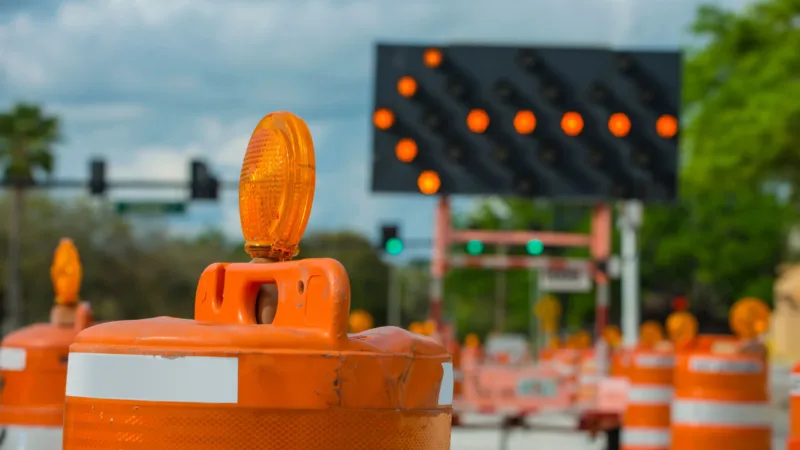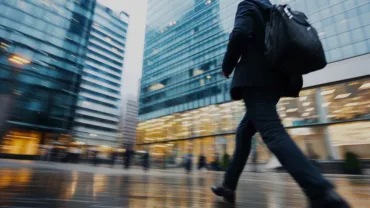We’ve known that “justice delayed is justice denied” for generations. The Covid pandemic created new urgency to reduce delays, as backlogs grew. Courts began investing in new ways to use technology to deliver fair and efficient hearings. They also looked for ways to minimize delays in decision-making, giving judges the tools to make confident decisions faster.
Delays in the court system have serious consequences for everyone involved. Litigants wait months or even years for their day in court, dragging disputes out too long, driving up costs, and often causing the parties to lose faith in the justice system. Defendants who can’t post bail sit in jail waiting for their hearing. Victims must wait for criminals to be held accountable. The public suffers with higher court costs and may lose confidence in the system overall.
The consequences go beyond time and money. According to NPR, some prosecutors were considering dropping cases in 2021 to clear backlogs. The Legal Aid Society reported that delays were so bad, some vulnerable defendants were pleading guilty rather than having their day in court. Evidence was going stale. Case outcomes were affected by delays. Not just justice delayed – justice failed.
Investments in technology help clear backlogs
Court delays are driven by increasing case volumes and challenges in court staffing. Having more cases and fewer people to handle them magnifies other logistical and procedural issues, like scheduling space or determining the parties’ availability. It’s unsustainable and impractical to fully solve these volume issues by hiring more staff or building more buildings.
Courts are looking at ways to use technology to streamline processes and reduce delays. Three significant ways technology can help are with:
- Remote hearings
- Evidence management
- Efficient legal research
Remote hearings
The pandemic accelerated the move to remote hearings and digital court processes. Many proceedings maintain a digital or remote component even as pandemic safety protocols recede. So, courts continue their investments in e-filing, remote meeting platforms like Zoom, and audio-visual capabilities in the courtroom that ensure people can participate fully in person and remotely. Some hearings will always take place in person, but many are well suited to an online format. As Minnesota judge Jerome Adams told Thomson Reuters in 2022, there are instances where remote hearings are better and safer. For instance, “It is very hard to have people requesting orders for protection be in the same room as their abuser. We have to make sure the abuse doesn’t continue in the courtroom itself,” Abrams said.
Evidence management
Courts have found that investing in digital evidence management helps them shrink hearing delays significantly. They can reduce the administrative burden on court clerks and ensure that they don’t begin proceedings without having all the evidence ready to be admitted. This is especially important in remote hearings so that all parties have ready access to evidence. But even in fully in-person proceedings, digital evidence management improves efficiency and reduces the need for delays and rescheduling because of missing evidence.
More efficient legal research
Protecting the judges’ and clerks’ time is an important component of reducing decision-making delays. Investing in technology can help offset inefficient manual research processes. The best and most modern tools rely on a combination of human expertise and artificial intelligence to deliver all relevant information and legal analysis to make faster decisions with confidence.
A modern legal research tool can help the courts zero in on applicable law quicker and more precisely and ensure that the judge is fully prepared to hear a case and rule on it – with no surprise case law popping up from either party.
Judges and court staff are determined to deliver fair and efficient access to justice. For many, that means looking at all the barriers to swift decisions and identifying ways to reduce friction. They examine whether they have the right people, processes, and technology to streamline the court experience and eliminate delays. People and processes are critical to the solution. Thoughtful investments in technology can support those people and processes and amplify their impact.
Over time, that investment in technology will be felt by the victims, families, and communities each court serves. As they build a track record of fair outcomes delivered smoothly, courts will rebuild public confidence in the justice system.








